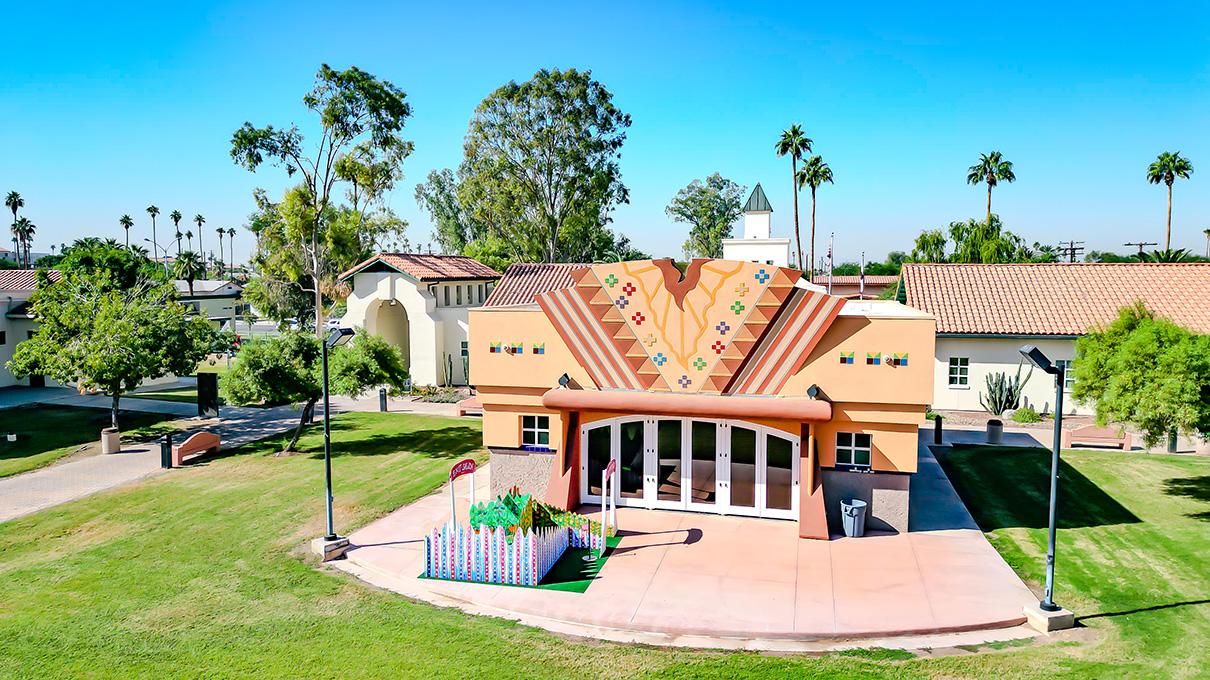An Engineer in the Operating Room
Karen May-Newman is improving devices that help unhealthy hearts keep pumping.

This story is part of a series exploring women in engineering at SDSU.
The cardiac surgeons who patch up our faltering tickers are a brash, irreverent bunch — the mavericks of the operating room, says San Diego State professor of mechanical engineering and director of bioengineering Karen May-Newman.
It’s her job to interpret what these surgeons see and figure out ways to design new tools to save lives.
“I need to be able to translate what they’re trying to say into something my students and I can do in a mechanical setting,” she said. May-Newman — bold and effusive in her own right — earned her Ph.D. from the University of California, San Diego, before taking a position as a postdoctoral researcher at Johns Hopkins University. She returned to San Diego to work as a senior scientist at Alliance Pharmaceutical Corp., but she never felt truly connected to her research there.“It wasn’t quite the right match for my personality,” she said.
A chance meeting at a reception dinner for heart disease research gave her the opportunity to steer her professional life in a different direction.
Recognizing opportunities
Fifteen years ago, May-Newman attended a talk by San Diego–based Sharp HealthCare surgeon Walter Dembitsky on the challenges presented by a recent medical invention called the left ventricular assist device, or LVAD. The surgically implanted device gives an extra bit of oomph to hearts struggling to pump enough blood, and is used most often to help patients survive until they receive a heart transplant, although some people with chronic conditions have them for life.Dembitsky described one of the major hurdles facing LVADs then and now: When the LVAD pumps blood through the heart chamber, the fluid dynamics doesn’t match up exactly with that of the native heart. The LVAD-assisted blood flow can leave pockets of non-circulating blood in parts of the ventricle, which can lead to harmful clotting. If clots form in the heart and detach and move with the blood flow, they cause strokes.
“There is a major gap in the medical device field in being able to understand what causes clots to form,” May-Newman explained.
Ah-ha, she thought, this is an engineering problem! After Dembitsky finished his talk, she approached him and the two bonded immediately.“He told me, ‘This is a great device, but we really need engineers to work on it.”
So May-Newman left her pharmaceutical research job to found San Diego State’s first bioengineering program in 1998. She embedded herself within a cadre of cardiac surgeons from around the country to better understand the problems with LVAD. The surgeons, she realized, were extremely good at recognizing what needed to be done, but weren’t always able to articulate it in practical terms. Her engineering training allowed her to envision the steps necessary to achieving their goals.
Still, she was an outsider in a relatively tight-knit group. They weren’t used to having an engineer around asking them questions and suggesting ideas. “Surgeons have about a two-minute attention span,” May-Newman said. “You have to be able to get through to them quickly and to the point.”
Her tenacity and fierce intelligence won out in the end, and the surgeons welcomed her as one of their own. Now, she considers them to be practically family — something akin to rowdy uncles.
“I feel very fortunate to be working with these surgeons,” she said. “It’s a very compassionate community.”
Designing solutions
May-Newman brought the ideas she learned from the operating table to her lab and created a heart simulator out of rubber, steel, and transparent plastic to model the fluid dynamics of the LVAD-assisted heart. Using a digital imaging technique called particle image velocimetry, she and her team were able to visualize exactly where fluids stagnated as the LVAD pumped them through the simulator. They figured out that adjustments to the device’s pumping power can get rid of the circulatory dead zones that lead to clots.
Each person’s heart is different, though, and the native heart and the LVAD need to work together. This means each LVAD has to be calibrated to get its flow just right. That level of individualization is the next big project May-Newman’s team is working on. They are preparing to begin experiments using ultrasound to measure the cardiac flow patterns in LVAD patients in real-time, which will theoretically allow them to optimize the device’s flow rate to avoid clotting.
May-Newman says her work complements other cardiac research at SDSU, such as molecular biologist Mark Sussman’s work using cardiac stem cells to repair the heart, as well as research into cardiovascular disease being done at the Donald P. Shiley BioScience Center.
“The LVAD will keep you alive, but it’s not going to heal your heart,” she said. “This device has been called a bridge. You need a device like this in partnership with stem cells. They’re perfect partners. One is short-term assistance, and the other is a longer-term rebuilding pathway.”

